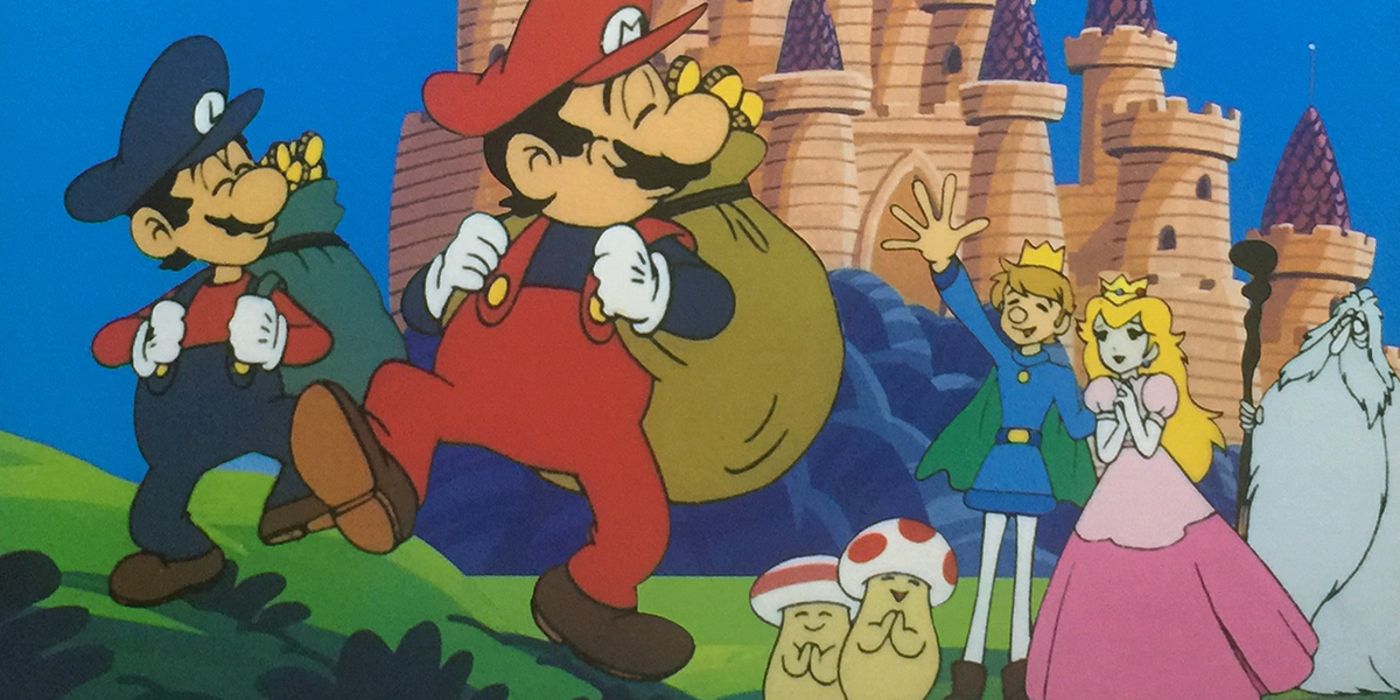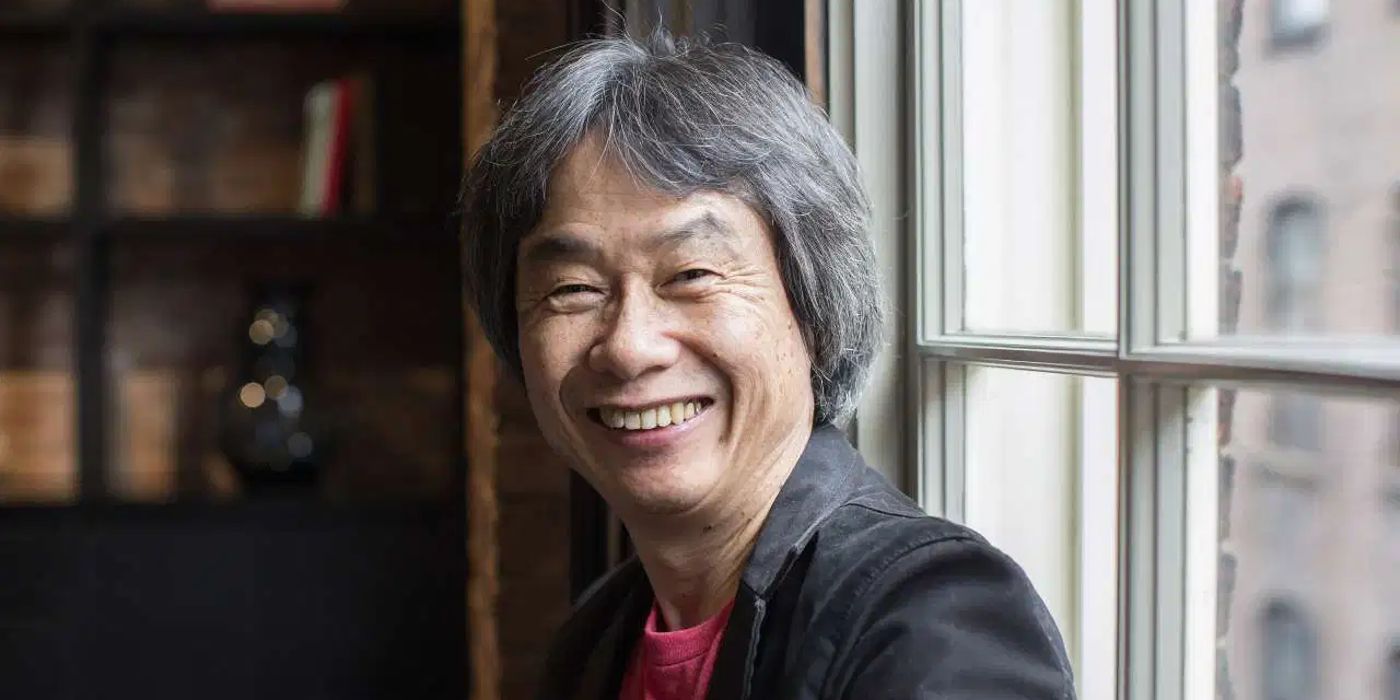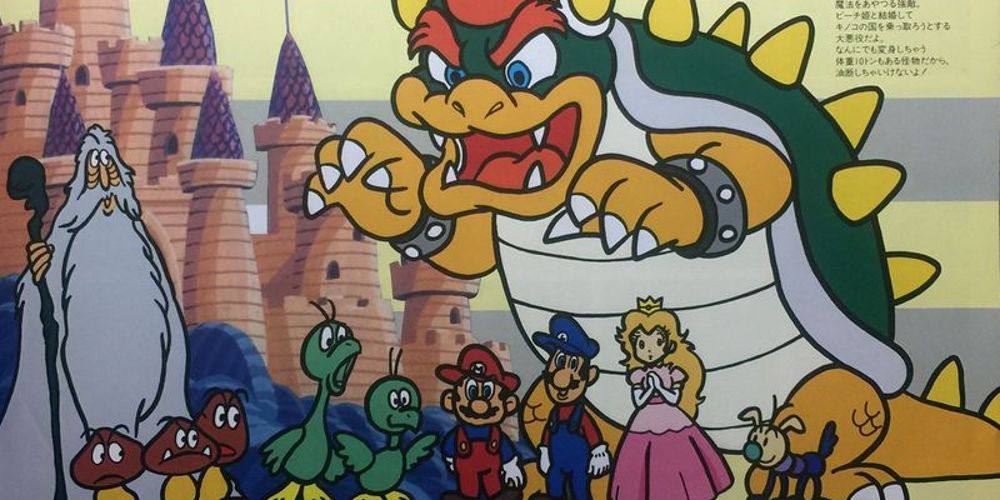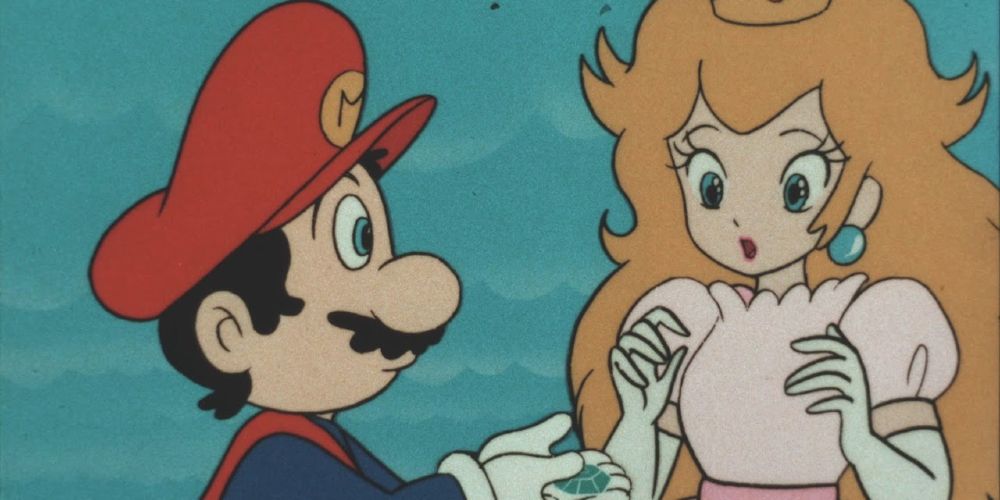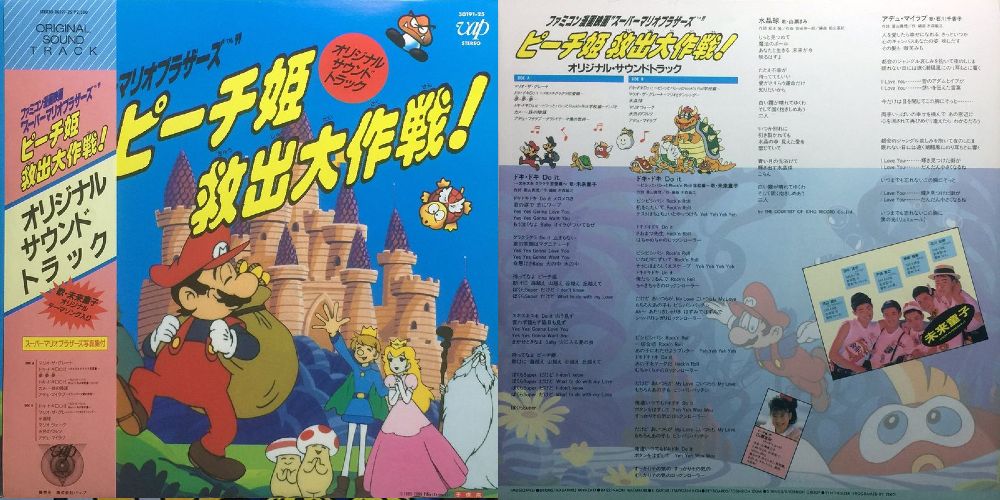With a new Mario movie on its way soon, it makes sense to take a look back at the first-ever feature-length film to feature the iconic plumber. No, it's not the terrible live-action Mario movie from 1993, but a forgotten anime classic — Super Mario Brothers: Great Mission to Rescue Princess Peach.
This film is tragically forgotten by most despite being one of the very first video game adaptation films of all time (tied with Running Boy: Star Soldier no Himitsu which was released at the exact same time.) Copies of the movie go for hundreds of dollars on bidding websites, so what makes it so incredibly coveted by video game and anime fans alike?
Who Was Behind The Film?
Unlike the other Mario anime OVAs created in the 80s, Super Mario Brothers: Great Mission to Rescue Princess Peach was created by the now-defunct Grouper Productions. They don't have many memorable projects outside of their final production from 1995: The Ping-Pong Club.
However, the staff behind the movie itself included some major names with Shigeru Miyamoto himself being credited. Director Masai Hata was known for working on many projects for Hello Kitty and Kero Keropi at the time and would eventually go on to direct the Lilo & Stich anime. The sound director, Yasuo Urakami, went on to hold the same position for legendary projects like Code Geass and Studio Ghibli's Grave of the Fireflies. It also brought back anime's original voice of Mario Toru Furuya of Dragon Ball fame to voice the titular plumber.
What Was The Film About?
The movie was released as a tie-in for what is known in the west as Super Mario Bros: The Lost Levels but was simply called Super Mario Bros. 2 in Japan. Grouper Productions also created several commercials featuring Mario to go with its release for things like watches and phone cards. The movie even has animated product placement in it as well showing that a lot of its creation was made for promotional reasons.
The movie follows Mario and Luigi unsurprisingly on a quest to rescue Princess Peach from Bowser. However, it had many differences from the games including characters that never were a part of the series after. Some of these include Kinoko Senin, a wise man who helps the brothers find their way to the Mushroom Kingdom, and Kibidango — an adorable dog-like creature that turns out to be a prince named Haru-ōji from the Flower Kingdom which Peach ends up being fated to marry much to Mario's chagrin. There is also an elder Koopa named Shishai who presides over the failed wedding between Bowser and Peach.
The brothers have to try and collect three "mystical items" that gamers know as power-ups — the mushroom, the fire flower, and a star. Viewers get to see several scenes of familiar enemies from the series like Bullet Bills, Spinies, and Hammer Brothers. The brothers even end up exploring underwater in the film. Of course in the end, they manage to defeat Bowser and save the day.
The Film's Potential Influence On Later Games
Many things happened in the movie that would later become canonized in the video games. Goombas show up in something similar to the Goomba Shoe seen in Super Mario Bros. 3. Bowser's romantic interest in Peach began here and wasn't seen again until Paper Mario was released and the giant Koopa trying to marry the princess would eventually become the main plot for Super Mario Odyssey. Luigi was shown as being taller than Mario in the movie as well, which would become canonized by Super Mario Bros. 2 for western audiences. It even has Peach's hair as blonde over the red that was shown in the games at the time, which is now her commonly known hair color.
Why Is The Film So Rare?
The movie now has become incredibly hard to find outside of an amazing 4k restoration on YouTube as it was only released in Japan. To make matter worse, it was also shown only in Sochiku Theaters and a majority of its VHS release was rental-only meaning very few tapes have ever reached the general public.
It's even harder to find some of the other promotional products associated with the movie too. The movie's soundtrack only had 50 copies ever produced with a number of those only having the film's theme "Doki Doki Do it!" Some were also packaged with a now extremely rare book with promotional art, interviews, and lyrics to the songs called Mario's Fantastic World Picture Book. There was also a manga, three riddle books, and a picture book to promote the movie that are also incredibly difficult to find and were even considered to be lost media for some time.
Unfortunately, it doesn't look like the movie will ever get another official release either. Mario's voice actor Toru Furuya confirmed in an interview that the anime projects he worked on would not be considered for international releases. Fans can only hope that Nintendo might change their mind and make it easier for fans to enjoy this special part of the plumber's history.

